Portfolio | Victor Lundy in Sarasota
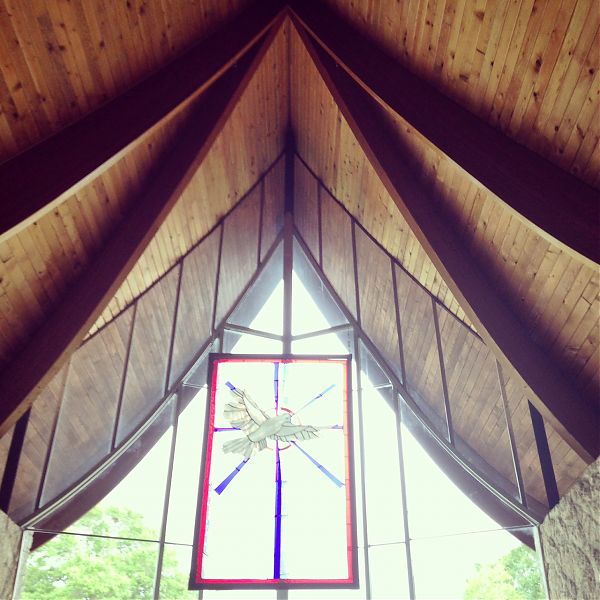
St. Paul's Fellowship Hall, Victor Lundy, 1959
My trip to Sarasota gave me my first chance to experience the work of Victor Lundy, one of those second-generation modernists who did not quote fit the pattern. His work can look Mayan, Scandinavian, and occasionally Brutalist. The three buildings I saw, like his famous First Unitarian Church in Westport, CT, share a roof-like that looks both like a boat and (when done in blue-glazed tile) like a pagoda. Lundy is still alive, and Mimi Zeiger interviewed him for Dwell at his home in Houston in 2008.
It is hard to ascribe a particular signature to his buildings; each takes shape based on site, program, and materials. His 1965 masonry facade for IBM’s complex in Cranford, NJ simultaneously evokes a mainframe computer and a Mayan temple. But there is a certain attitude: the forms and spaces are rich, but the architect makes complicated structures look effortless. “With every problem I make these images out the blue—initial responses—and then I fuss with them, refine, change, and discard. I work towards the irreducible,” Lundy explains. The concept for the sculptural Unitarian Church (1959-65) in Westport, CT is simple: two halves of the hyperbolic roof rise in unison supported by laminated beams, to a peak, but never meet. It captures the church’s belief in an “open question.”
In 2014, the General Services Administration made a documentary on Lundy, the architect of the U.S. Tax Court in Washington, DC. That video is also embedded at the end of this post.
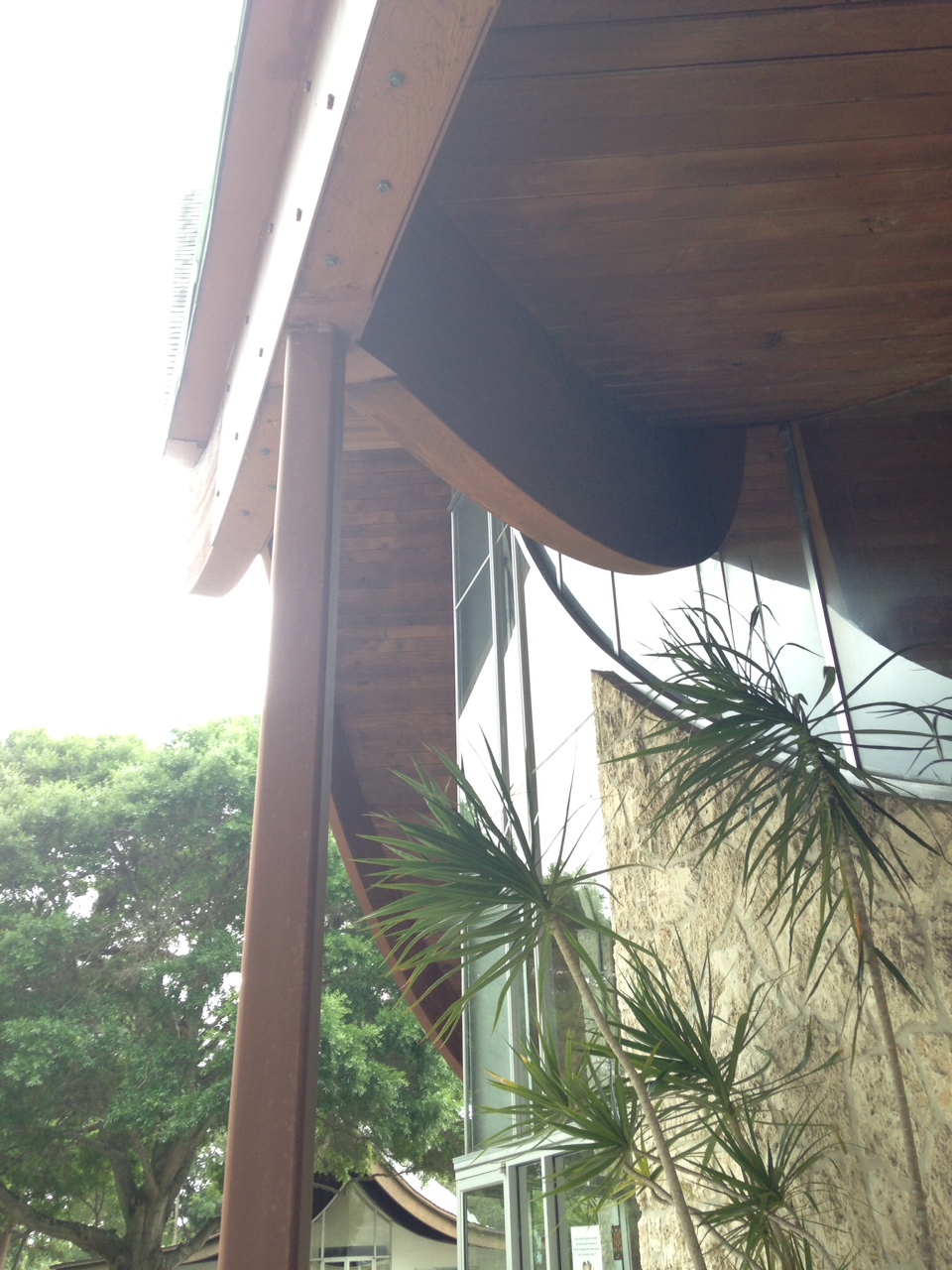
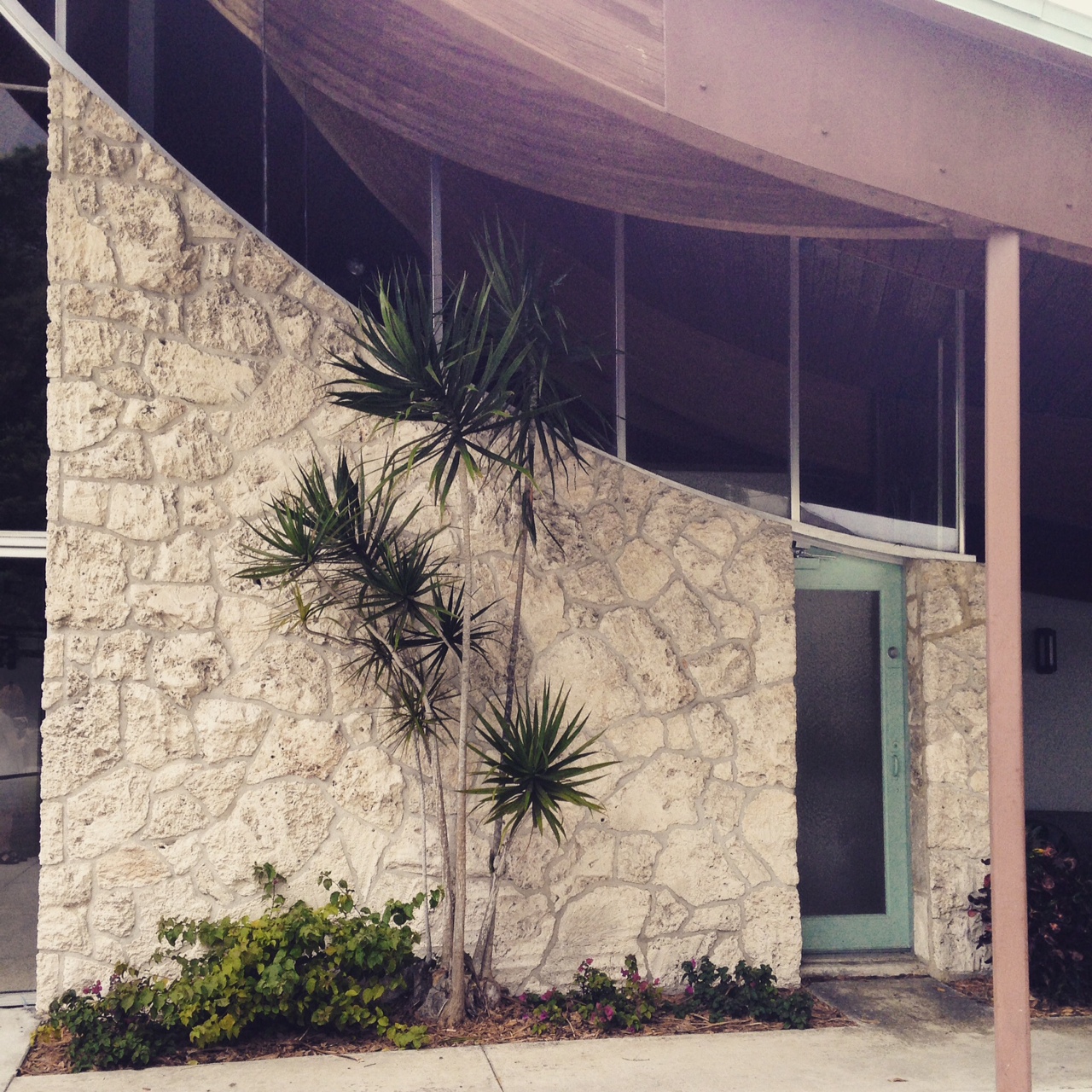
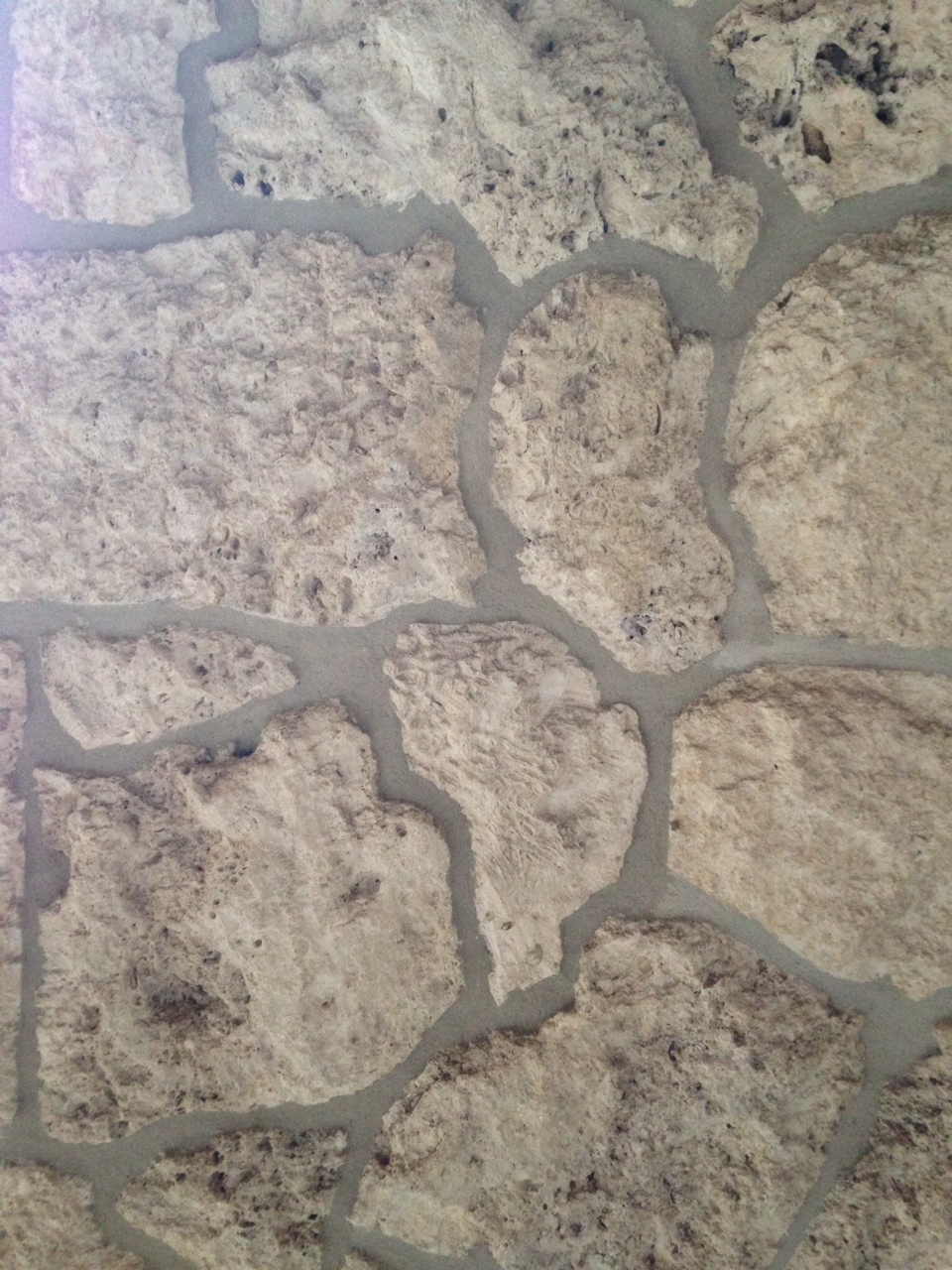
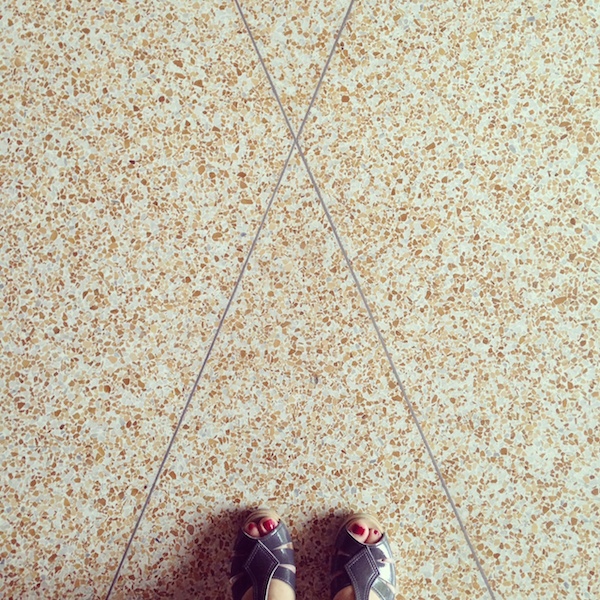
St. Paul’s Lutheran Church, Victor Lundy, 1968
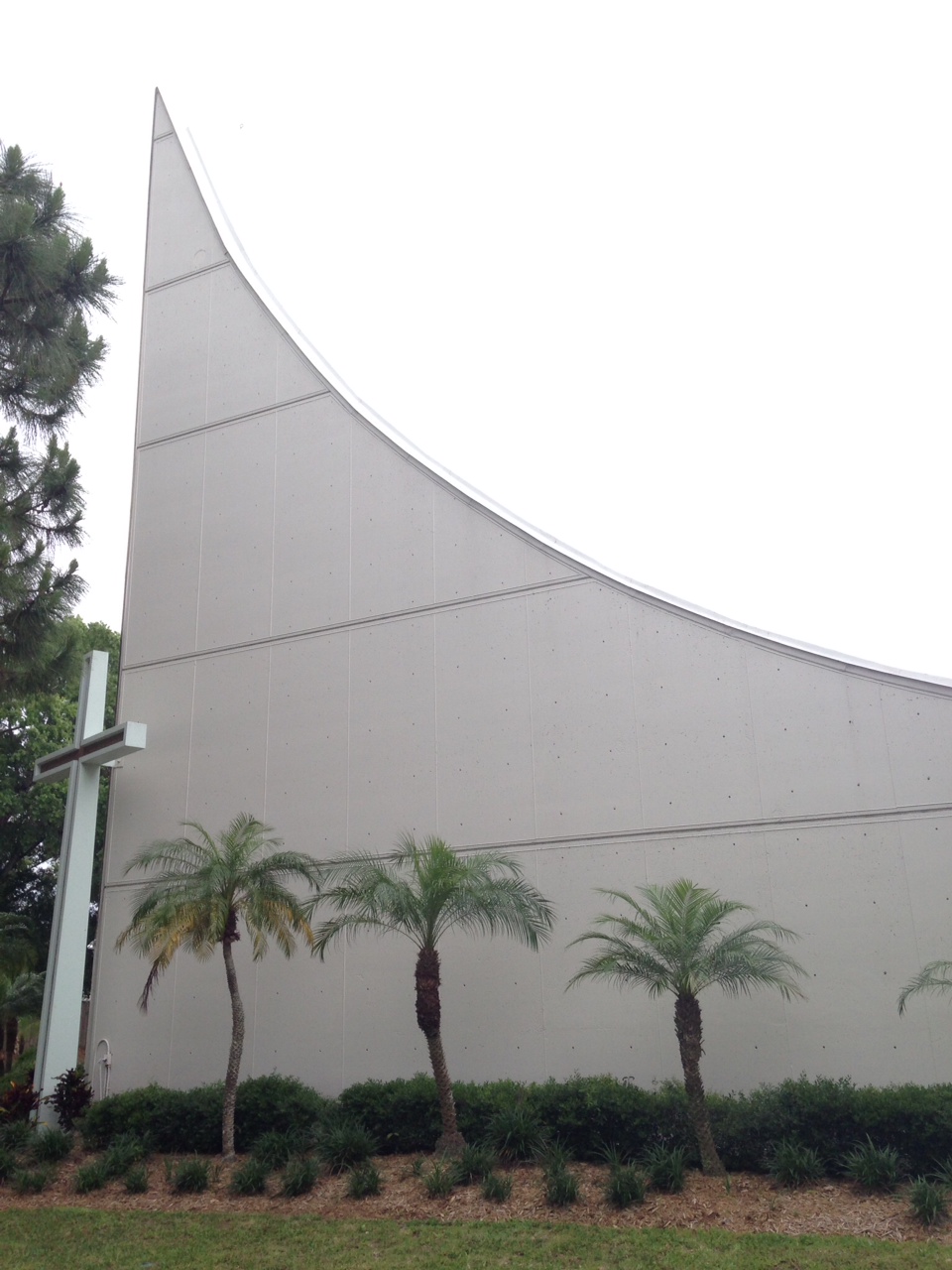

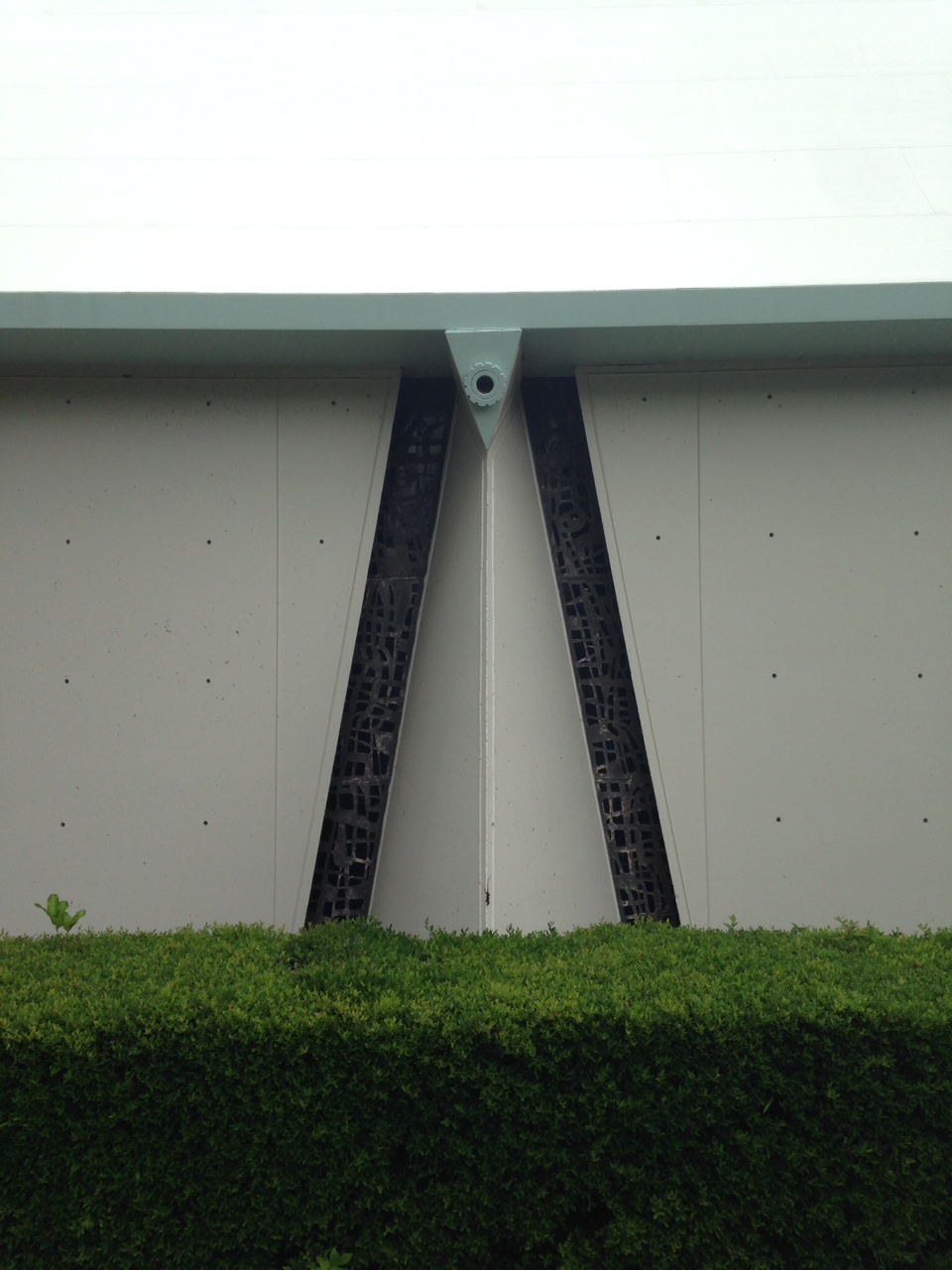
Sarasota Chamber of Commerce (The Pagoda Building), Victor Lundy, 1956

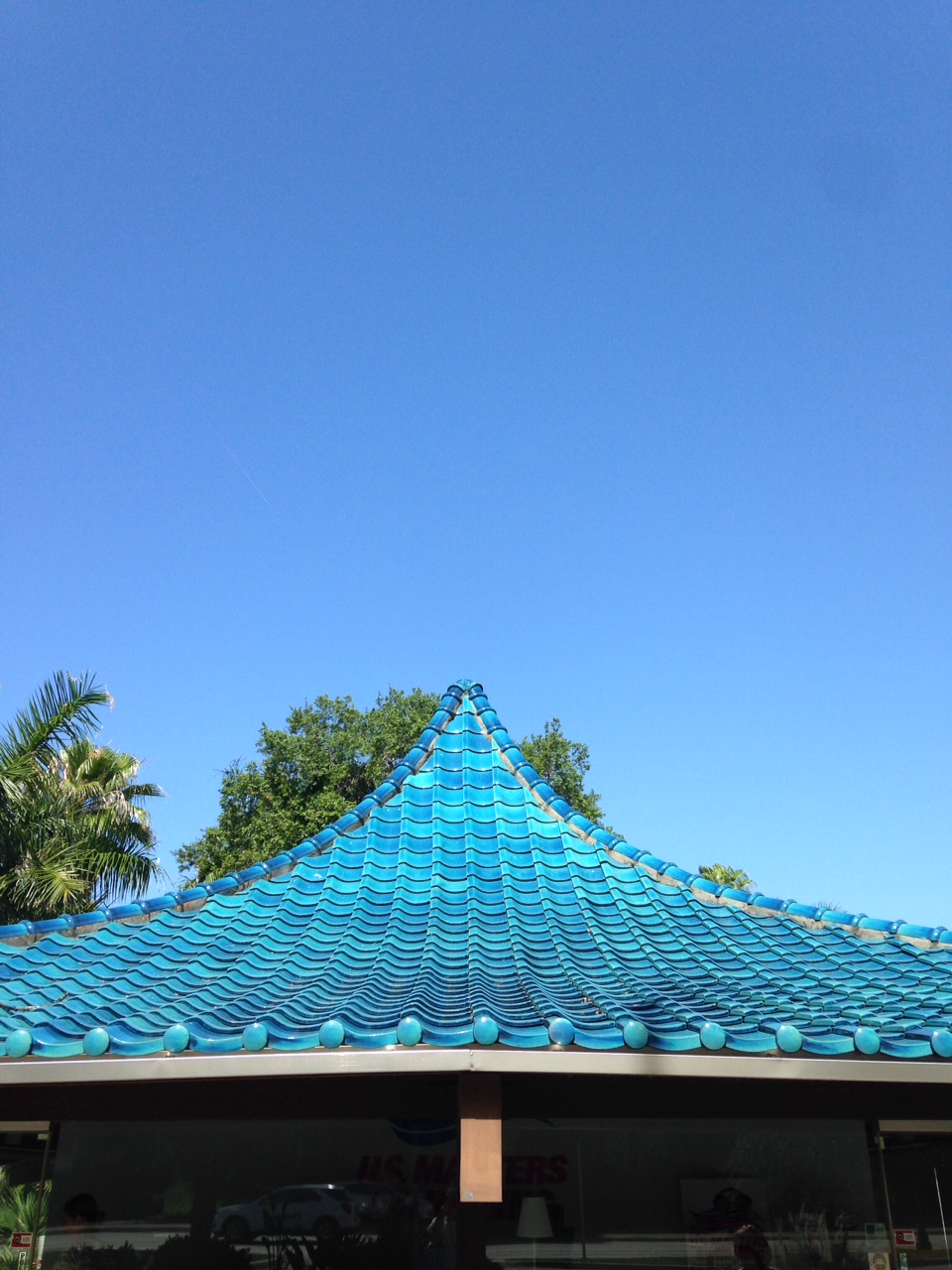

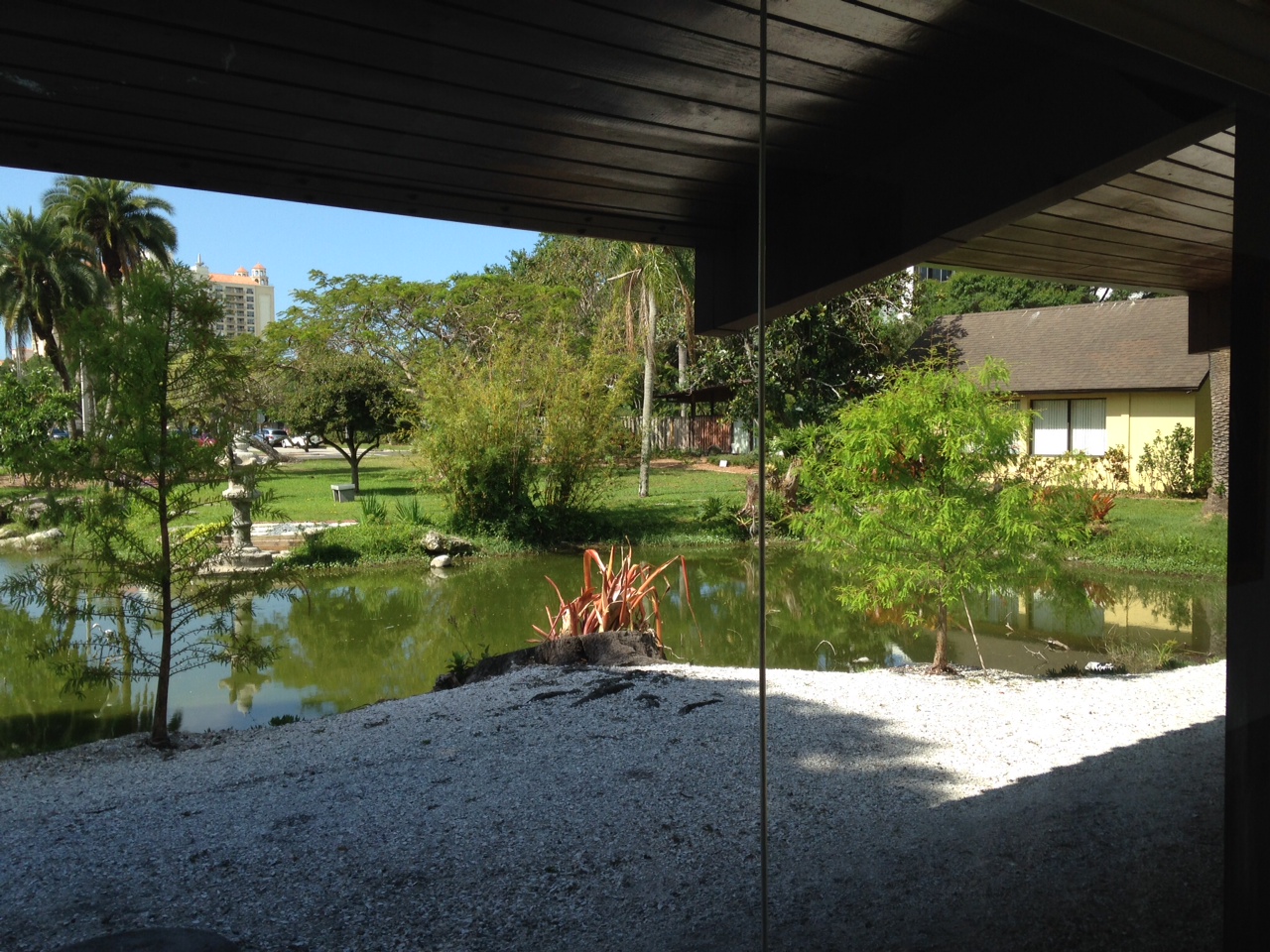
On X
Follow @LangeAlexandraOn Instagram
Featured articles
CityLab
New York Times
New Angle: Voice
Getting Curious with Jonathan Van Ness